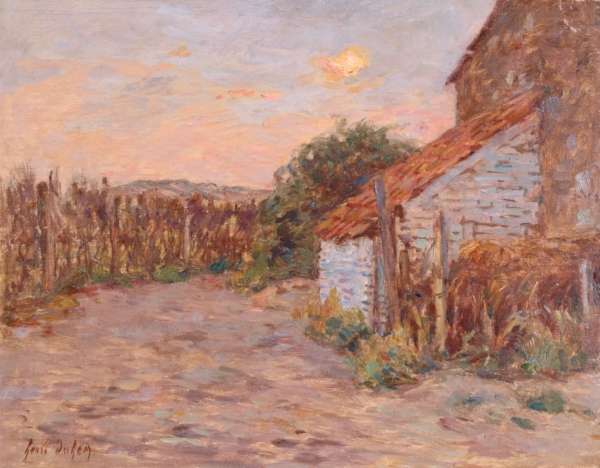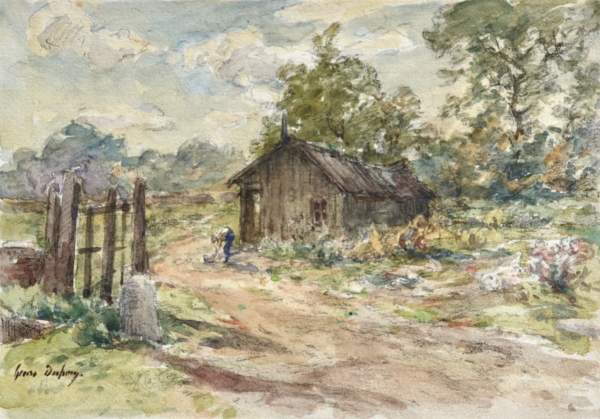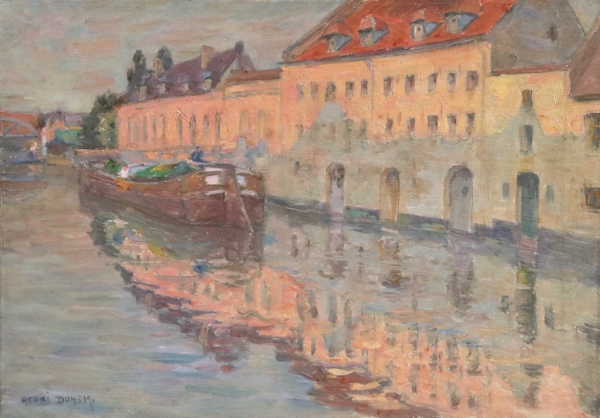Biography
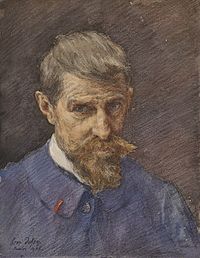
Descendant of an old Flemish family, Henri Duhem was born in Douai on April 7, 1860. He worked as a lawyer at the Bar of the Court of Douai from 1883, he practiced at the same time his passion for drawing and watercolor. In 1887, he enrolled in Henri Harpignies’ drawing course in Paris and, at the same time, befriended the painter Émile Breton, who introduced him to oil painting. It is with the niece of this painter, Virginie Demont-Breton, daughter of the painter Jules Breton, and herself a painter they formed the Ecole de Wissant with Georges Maroniez, Francis Tattegrain, Fernand Stievenart and Felix Planquette.
In 1889 he met a young woman painter, Marie Sergeant (1871-1918 ), that he married the following year. They had a son, Remy (1891-1915).
Now a recognized artist, Henri Duhem abandoned his career as a lawyer in 1893 to devote himself solely to his art. He became close friends with Auguste Rodin, Camille Pissarro, Gustave Caillebotte and his closest friend Henri Le Sidaner.
 Together with his wife, he travelled extensively to Italy, Holland, Belgium, England, North Africa and regularly to Paris for trade fairs. Every summer, he stayed at his house in Camiers, where he painted with his wife and friends. He exhibited more and more abroad, including Chicago, Prague and Madrid, encouraged and supported by Camille Pissarro. Thus, in April 1902, Camille Pissarro wrote to Henri Duhem:
Together with his wife, he travelled extensively to Italy, Holland, Belgium, England, North Africa and regularly to Paris for trade fairs. Every summer, he stayed at his house in Camiers, where he painted with his wife and friends. He exhibited more and more abroad, including Chicago, Prague and Madrid, encouraged and supported by Camille Pissarro. Thus, in April 1902, Camille Pissarro wrote to Henri Duhem:
“I went a second time to the show. I could see at your ease your beautiful picture of sheep parked in the plain. I was happy to see that you like nature simple and harmonious, unlike the noise of your neighbors, that you do not dazzle by a lightning execution so attractive to the general public.”
During the First World War, he lost his son Remy, also a painter, who was killed in the assault on Les Éparges on June 20, 1915. Marie Duhem was very affected by the death of her son, and she died in Douai, in 1918, during the German occupation. Henri Duhem, left alone.. His painful memories, related to the loss of his son and his wife, are recorded in a story called The Death of the Home (Éditions Figuière, 1922).
During the inter-war years, Henri Duhem remained active on the artistic level: he took part in the creation of the Salon des Tuileries in 1923. He therefore shared his life between Douai and Paris, where he lived in the 16th arrondissement, and met Anatole de Monzie, a politician and art lover, who encouraged him to continue his work.
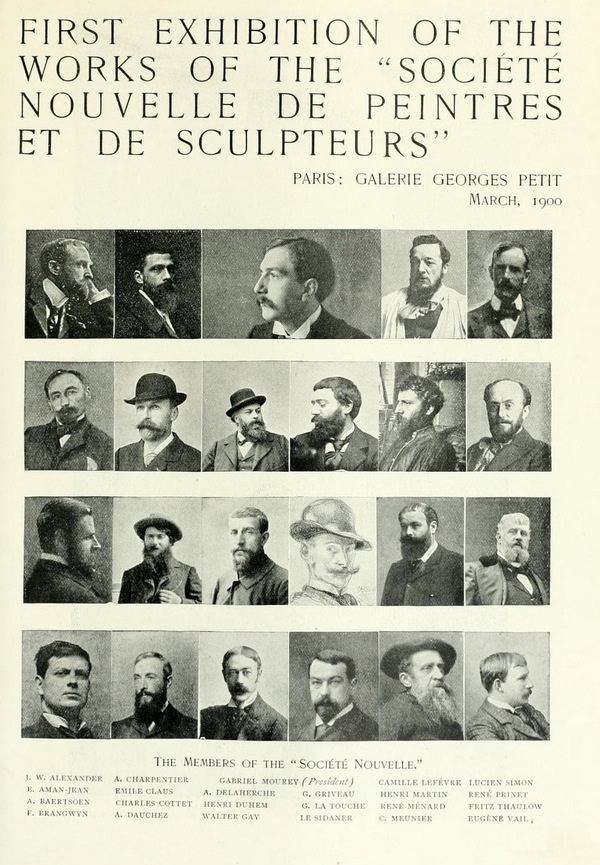
His health deteriorated, and in the face of the threat of a Second World War, Henri Duhem definitively left the North in 1937 to settle in Juan-les-Pins, at the villa “Mount Riant”. He died there on October 24, 1941, during the German occupation. He bequeathed his collection of paintings to his adopted daughter, Nelly Sergeant-Duhem, who, responding to the wishes of his father, gave the entire collection to the Academy of Fine Arts in 1985. It is thus kept at the Marmottan Museum in Paris. One can discover works such as the Promenade near Argenteuil painted in 1875 by Claude Monet or Bouquet of flowers painted in 1897 in Tahiti by Paul Gauguin.
 He had regularly presented his works at the Salon of the National Society of Fine Arts. He had two solo exhibitions dedicated to him in Paris, under the patronage of the art critic Roger Marx: one in 1904, at the Druet Gallery, another in 1908, at the Georges Petit Gallery.
He had regularly presented his works at the Salon of the National Society of Fine Arts. He had two solo exhibitions dedicated to him in Paris, under the patronage of the art critic Roger Marx: one in 1904, at the Druet Gallery, another in 1908, at the Georges Petit Gallery.
In June 1919, a new solo exhibition was dedicated to him, still at the Georges Petit Gallery, including 82 watercolors dedicated to the Great War in the occupied North. In 1926 he was elected a corresponding member of the Academy of Fine Arts and in 1932 he was promoted to the rank of Commander of the Legion of Honor.
His art is closer to the intimacy of his friend Henri Le Sidaner. Post-Impressionist, his works express the latent poetry of things, through simple themes: flocks of sheep, riversides and canals, mills, snow landscapes, millstones and fieldwork, with a game on sensitivity of effects due to changes in light; the effects of dawn or evening.
Works in public collections:
Arras, Museum of Fine Arts
Bailleul, Benoît-De-Puydt museum
Blackburn, Blackburn Museum and Art Gallery
Cambrai, Museum of Cambrai
Douai, Museum of Chartreuse
Museum of Étaples-sur-Mer
Lille, Palace of Fine Arts
Lyon, Museum of Fine Arts Lyon
Marmottan Museum – Paris
Orsay Museum – Paris
Selected works
View the artwork